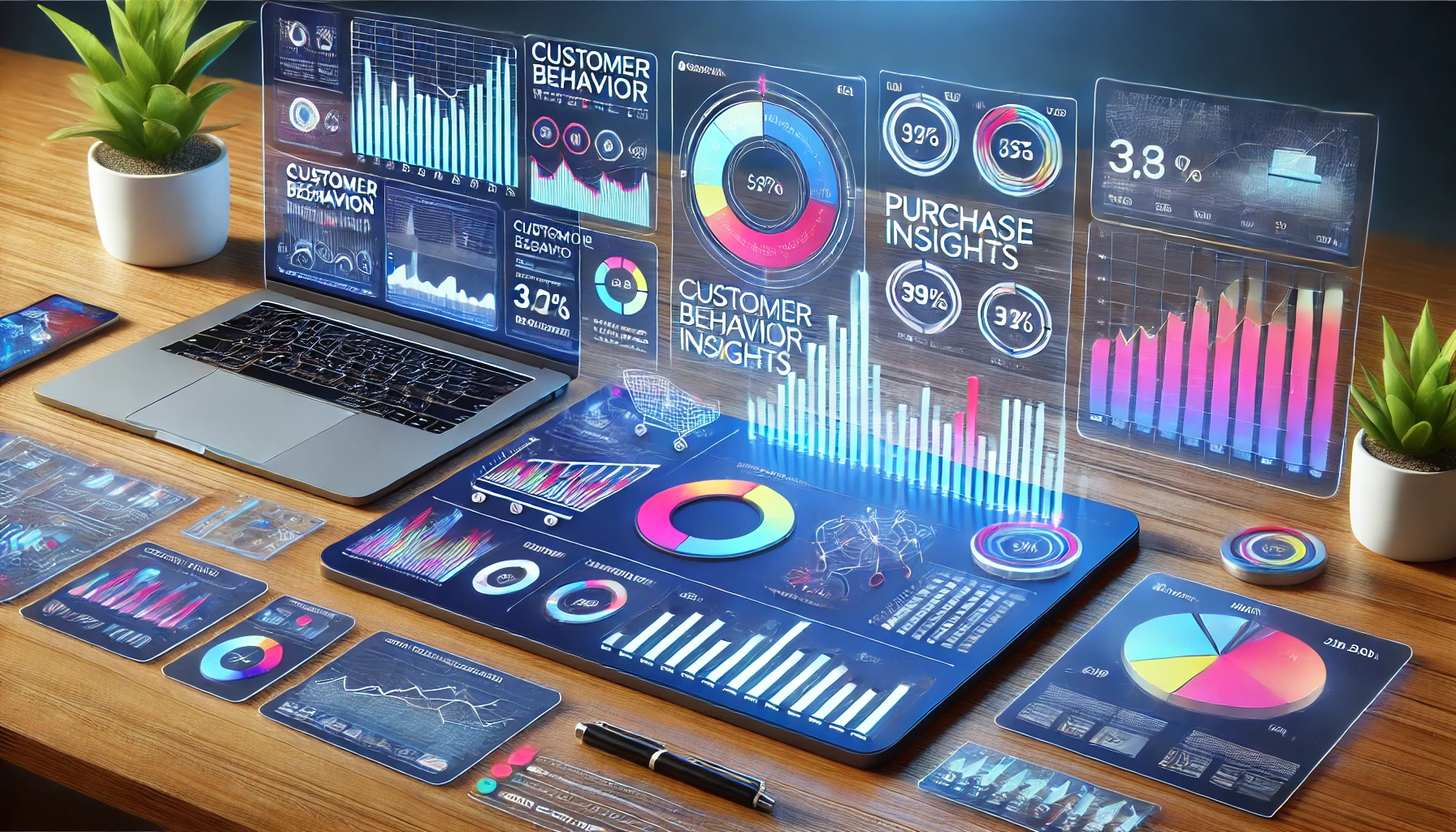In the bustling world of e-commerce, understanding customer behavior is akin to striking gold. The key to sustained success lies not just in attracting customers but in retaining them. One of the most powerful tools at our disposal for achieving this is data analytics. Let’s dive into how you can harness the power of data analytics to predict customer behavior and improve retention rates in your e-commerce business.
Understanding Customer Behavior with Data Analytics
Collecting the Right Data
The foundation of effective data analytics is gathering comprehensive and accurate data. This includes various types of data:
- Transactional Data: Information about what customers buy, when they buy it, and how often. This can reveal purchase patterns and trends.
- Behavioral Data: Insights into how customers navigate your website, what pages they visit, how long they stay, and where they drop off. This data is crucial for understanding the customer journey.
- Demographic Data: Information about the customers themselves, such as age, gender, location, and income level. This helps in creating detailed customer profiles.
Tools like Google Analytics, CRM systems, and customer feedback surveys are instrumental in collecting this data. The more detailed the data, the better the insights.
Analyzing Purchase Patterns
Once data is collected, the next step is to analyze it to identify trends and patterns. For instance, examining historical purchase data can help answer questions like:
- Do customers tend to buy more during certain times of the year?
- Are there particular products that are frequently bought together?
- How often do customers return to make repeat purchases?
By understanding these patterns, businesses can predict future behavior more accurately. For example, if a significant portion of customers buys winter clothing every November, the business can prepare inventory and marketing campaigns accordingly.
Segmenting Your Audience
Segmentation involves dividing your customer base into distinct groups based on shared characteristics. This allows for more personalized marketing strategies. Some common ways to segment customers include:
- Purchasing Frequency: Grouping customers based on how often they make purchases.
- Average Order Value: Categorizing customers by the typical amount they spend.
- Product Preferences: Segmenting based on the types of products customers usually buy.
For example, a segment of high-frequency, high-value customers can be targeted with exclusive offers and loyalty rewards, while less frequent buyers might receive incentives to encourage more purchases.
Predictive Modeling
Predictive analytics uses statistical algorithms and machine learning techniques to forecast future customer actions. By analyzing past behavior, businesses can predict which customers are likely to:
- Churn (stop buying)
- Make repeat purchases
- Respond positively to specific marketing campaigns
Predictive models can be built using tools like regression analysis, decision trees, and neural networks. These models enable businesses to take proactive measures, such as launching retention campaigns for customers at risk of churning.
Improving Retention Rates with Data Analytics
Personalizing Customer Experience
Personalization is crucial in e-commerce. By using data analytics, businesses can offer personalized recommendations based on a customer’s browsing history and past purchases. This not only enhances the shopping experience but also increases the likelihood of repeat purchases. For instance, Amazon’s recommendation engine is a prime example of effective personalization, suggesting products tailored to individual preferences.
Optimizing Marketing Campaigns
Data analytics can refine marketing efforts by identifying the best times to send promotional emails, the type of content that resonates most with customers, and the channels that drive the highest engagement. For example, if analytics show that a segment of customers responds well to email campaigns on weekends, businesses can schedule their emails accordingly to maximize engagement.
Implementing Loyalty Programs
Loyalty programs are a proven strategy to boost retention. Data analytics can help design loyalty programs that truly reward your best customers. By analyzing spending patterns and preferences, businesses can create personalized rewards that motivate repeat purchases. For example, a coffee shop might offer a free drink after every ten purchases, but with data analytics, they might realize that offering a discount on a customer’s favorite drink after five purchases is more effective.
Enhancing Customer Support
Predictive analytics can improve customer support by analyzing customer interactions and identifying common pain points. This allows businesses to address issues proactively before they lead to dissatisfaction. Additionally, chatbots powered by data analytics can provide instant, personalized support, enhancing the overall customer experience. For instance, a chatbot might use data to recommend solutions based on a customer’s past queries and behavior.
Monitoring Customer Feedback
Sentiment analysis tools can analyze customer reviews and feedback to gauge overall satisfaction levels. By identifying common themes in feedback, businesses can make informed decisions about product improvements, website usability enhancements, and overall service quality. For example, if multiple customers mention slow shipping times, the business can prioritize logistics improvements.
Real-World Success Stories
Several e-commerce giants have successfully leveraged data analytics to boost customer retention. Netflix, for instance, uses data analytics to offer highly personalized content recommendations, keeping subscribers engaged and reducing churn. Similarly, Spotify analyzes listening habits to suggest playlists and songs, creating a tailored user experience that encourages continued usage.
Final Thoughts
Data analytics is not just a buzzword; it’s a critical component of modern e-commerce strategy. By collecting and analyzing the right data, segmenting your audience, and leveraging predictive modeling, you can create targeted strategies that enhance customer loyalty and drive business growth. Embrace the power of data analytics, and watch your e-commerce business thrive.




